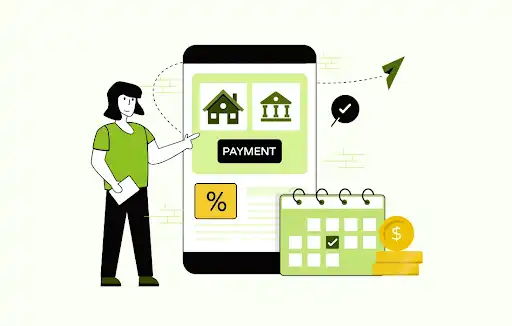
How a Security Operations Center Framework Strengthens VoIP Security?
VoIP platforms support daily communication across modern businesses. Your calls, messages, and integrations depend on stable and secure voice systems. Attackers target these systems because they link identity, cloud access, and critical data. You face pressure to protect every connection inside your communication stack. A strong security operations center framework gives you structure, visibility, and control across your VoIP environment. It helps you monitor threats, respond with speed, and reduce weak points before attackers exploit them. This approach aligns with rising security expectations across cloud communication platforms. Rising Threats Across VoIP Systems VoIP traffic faces constant pressure from threat groups. Criminals run password attacks on SIP accounts. They test thousands of logins within minutes. They scan networks for exposed ports. They exploit gaps in MFA policies. They also target cloud PBX portals because these tools hold sensitive call data and routing controls. Remote work adds more exposure. Employees use mobile apps on unsecured networks. Softphone clients link to multiple SaaS tools. Attackers aim at these mixed environments because each device expands the attack surface. Telecom security reports show high growth in toll fraud. Automated bots run nonstop tests to take over VoIP accounts. Once inside, they place expensive calls or reroute internal traffic. These actions drain balances and disrupt voice availability. Your VoIP security must meet these conditions with precision, not guesswork. Why Many Teams Struggle With Response? Many companies rely on basic monitoring. They watch for high call volumes or suspicious logins. These efforts lack depth. They do not offer end to end insight into VoIP traffic. They do not show how different alerts connect. They do not support coordinated response across network, identity, and voice teams. VoIP attacks rarely follow one path. Attackers blend scanning, social engineering, and identity attacks. Slow or fragmented response gives them an advantage. Without a structured approach, teams miss early signals. They also face delays during incident handling because duties remain unclear. A security operations center framework brings order to these challenges. It defines roles. It standardizes response steps. It organizes logging and event visibility across every part of your voice environment. How a Security Operations Center Framework Improves VoIP Security? A strong framework sets clear rules for monitoring, analysis, and response. It supports teamwork across security, network, and VoIP groups. It reduces guesswork. It strengthens accountability. Each team knows who handles alerts, who escalates incidents, who owns remediation, and who reviews final results. It also organizes data. You get structured logs across SIP traffic, call routing events, identity activity, API usage, and cloud PBX configurations. This level of structure helps you detect unusual behavior faster. A security operations center framework supports a consistent response. Teams follow the same steps each time. They track timelines. They record evidence. They update controls without delay. This reduces gaps that attackers target during confusion or slow coordination. These actions improve your posture against toll fraud, unauthorized call routing, and access abuse across remote devices. Benefits for VoIP Environments You gain stronger visibility. You see call patterns, endpoint activity, and suspicious identity behavior. You notice small anomalies before they turn into incidents. You gain a stronger response speed. Teams know their duties. They act without hesitation. This limits the time attackers spend inside your network. You gain stronger configuration discipline. Access rules, API permissions, encryption settings, and SIP controls stay aligned with current threats. You avoid outdated settings that expose your system. You gain stronger internal cooperation. Security and VoIP teams work with shared goals. This reduces confusion during incidents. How to Build Your Framework? Start with clear objectives. Focus on fraud prevention, identity risk reduction, or endpoint monitoring. Choose goals that matter to your voice environment. Map your systems. Include cloud PBX platforms, SIP trunks, desk phones, softphones, mobile clients, and related SaaS tools. Review all logs and confirm full coverage across these systems. Define roles. Assign responsibilities for alert triage, escalation, threat analysis, incident handling, and reporting. Confirm all teams understand these duties. Create standard procedures. Outline each step for monitoring, incident handling, communication, recovery, and post incident review. Use short instructions. Keep the steps easy to follow during pressure. Test your procedures. Run periodic drills. Walk through incidents involving password attacks, unauthorized routing, or API misuse. Review results. Close gaps. Repeat tests as your environment grows. Integrate your tools. Connect logging, SIEM platforms, VoIP analytics, identity systems, and cloud monitoring. This gives you unified visibility. Why This Matters Now VoIP adoption continues to rise. Attackers target these systems because identity data, call routing, and cloud access sit in one place. Your organization needs a structured response, not isolated efforts. A security operations center framework helps you meet these demands. It delivers order, speed, and clarity. It strengthens each layer of your communication stack. It supports stable and secure calls for your employees and customers. Your voice systems hold sensitive business conversations. They require structured protection. A strong framework helps you maintain that protection as threats advance. Read More : Wireless Caller : Everything You Need To Know








